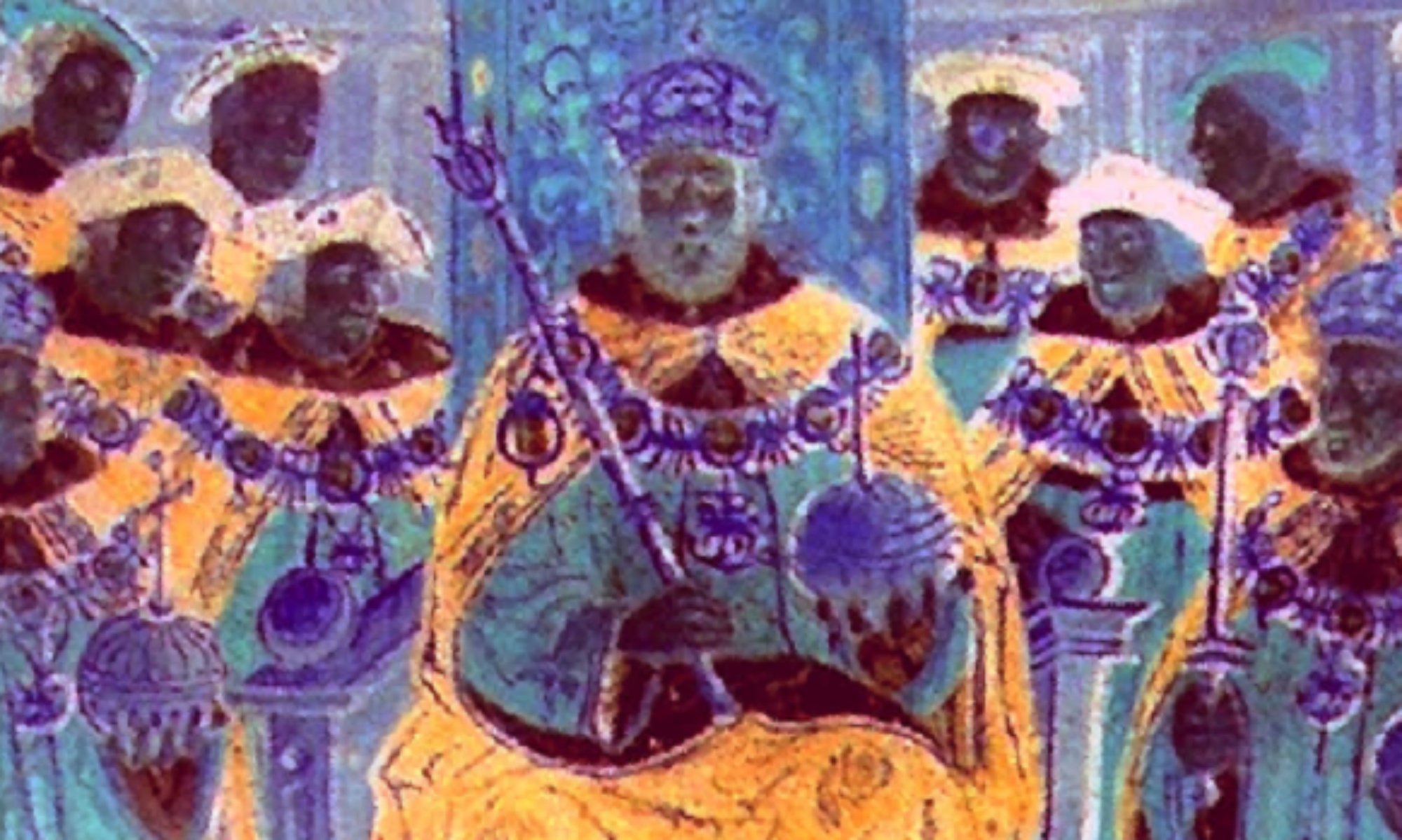Who Was the Last High King?
The title of “last High King of Ireland” is historically attributed to two figures, depending on the perspective:
- Ruaidrí Ua Conchobair (Rory O’Connor): The last native Gaelic king to be widely recognized as High King before the Anglo-Norman invasion, reigning until 1198.
- Edward Bruce: A Scottish noble, brother of Robert the Bruce, who was crowned High King by Irish allies during his invasion (1315–1318), and is sometimes called the “last High King” in commemoration and folklore.
Ruaidrí Ua Conchobair (Rory O’Connor)
- Reign: 1166–1198
- Coronation: Details of Ruaidrí’s coronation are sparse, but as with earlier High Kings, his inauguration would have involved traditional Gaelic rituals at the Hill of Tara, the symbolic seat of Irish kingship.
- Ceremonial Elements: These ceremonies typically included:
- The assembly of lesser kings and nobles.
- Rituals symbolizing the king’s marriage to the land, such as standing on the Lia Fáil (Stone of Destiny).
- Oaths, feasting, and the bestowal of regalia.
- End of High Kingship: Ruaidrí’s reign ended with the Anglo-Norman conquest, after which the title of High King lost its political reality.

Edward Bruce
- Reign: 1315–1318
- Coronation: Edward Bruce was crowned High King in 1316 at Dundalk, County Louth, after landing in Ireland with a Scottish army and gaining the support of many Gaelic lords.
- Ceremonial Elements:
- The coronation was performed by Irish chieftains, notably Domhnall Ó Néill of Ulster, and other Gaelic nobles who proclaimed him king.
- The ceremony likely followed traditional Gaelic forms, involving the symbolic acts of kingship, oaths, and the support of the assembled lords.
- The event took place near Dundalk, close to Faughart, where a commemorative stone now marks the site.
- Aftermath: Edward’s reign ended with his death in battle at Faughart in 1318, and his kingship was never universally recognized across Ireland.

Traditional Coronation Rituals of the High Kings
- Location: The Hill of Tara was the ancient site for the coronation of High Kings, involving the Lia Fáil (Stone of Destiny).
- Symbolism: The king would perform rituals symbolizing his union with the land and his role as overlord of all lesser kings.
- Ceremony: Included the gathering of nobles, feasting, the recitation of genealogies, and the king’s oath to uphold justice and protect the land.
Summary Table: The Last High Kings and Their Coronations
| Name | Reign | Coronation Site | Ceremony Details |
|---|---|---|---|
| Ruaidrí Ua Conchobair | 1166–1198 | Hill of Tara | Traditional Gaelic rituals, symbolic marriage to the land |
| Edward Bruce | 1315–1318 | Dundalk/Faughart | Proclaimed by Gaelic lords, likely using Gaelic traditions |
In summary:
The last widely recognized native High King of Ireland was Ruaidrí Ua Conchobair, crowned with ancient Gaelic rituals at Tara. Edward Bruce, a Scottish prince, was later crowned High King by Irish allies at Dundalk during his invasion, with a ceremony reflecting Gaelic tradition but lacking universal recognition. Both coronations involved symbolic acts, oaths, and the support of Ireland’s leading nobles.
